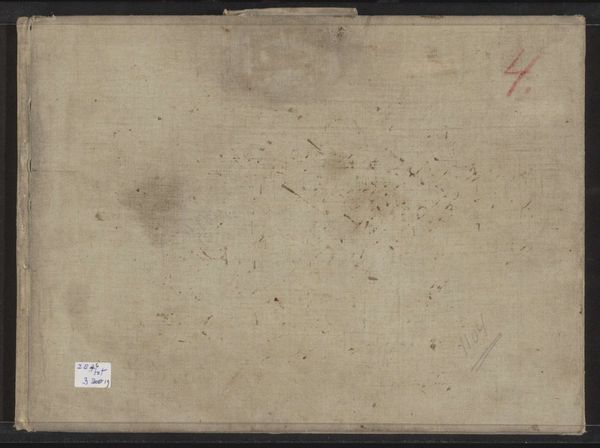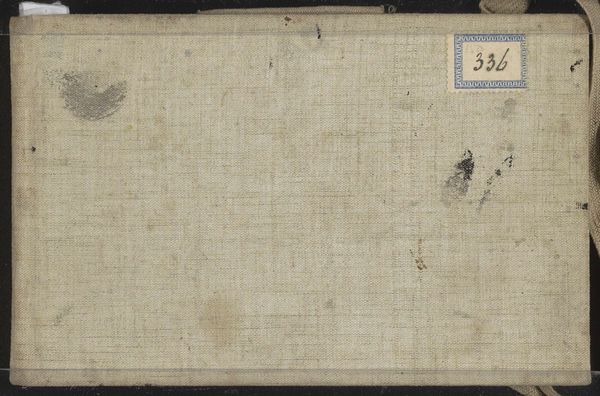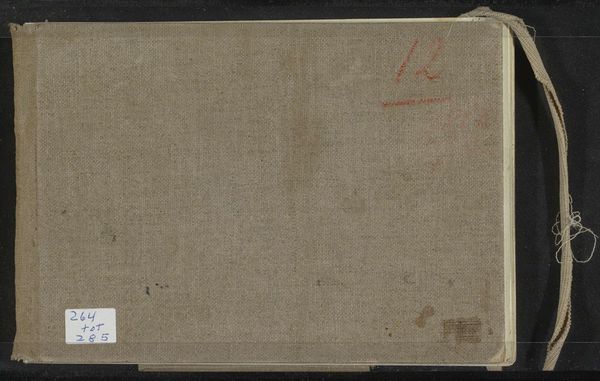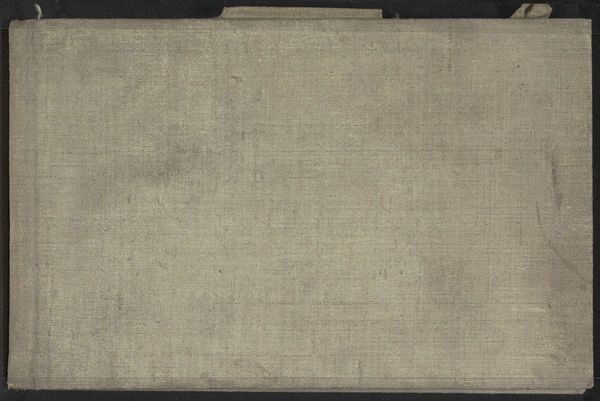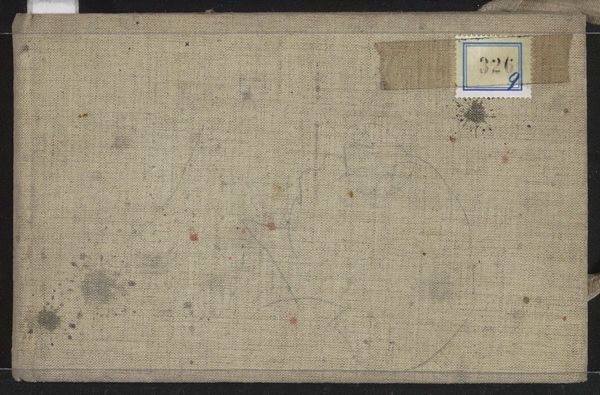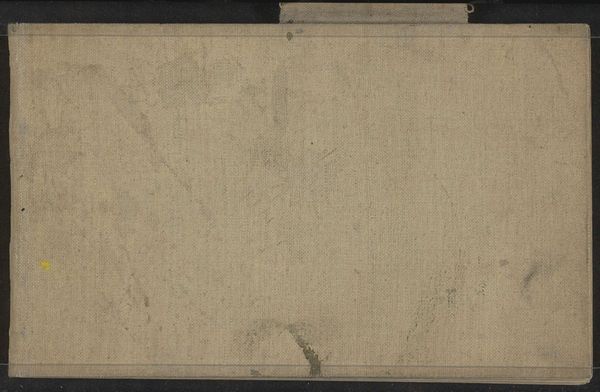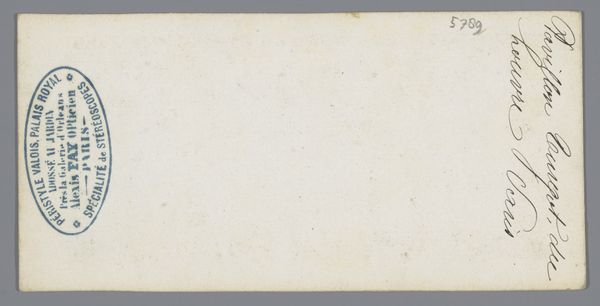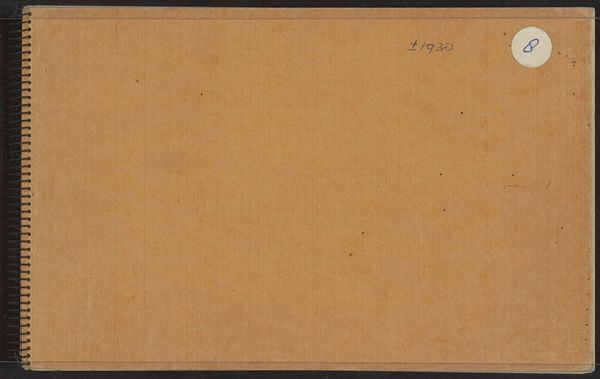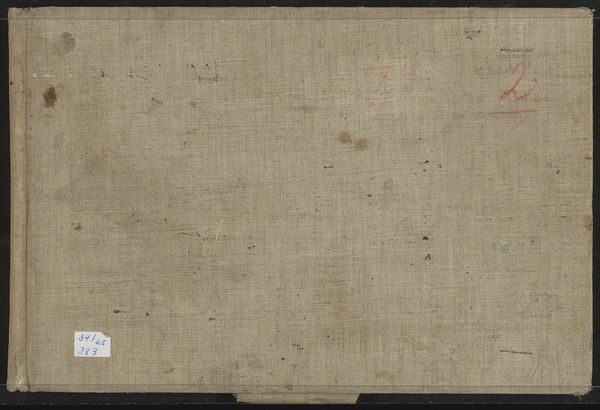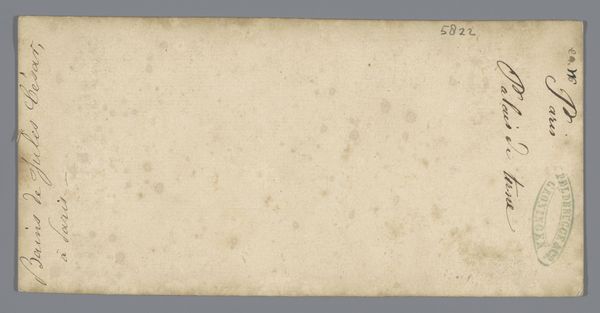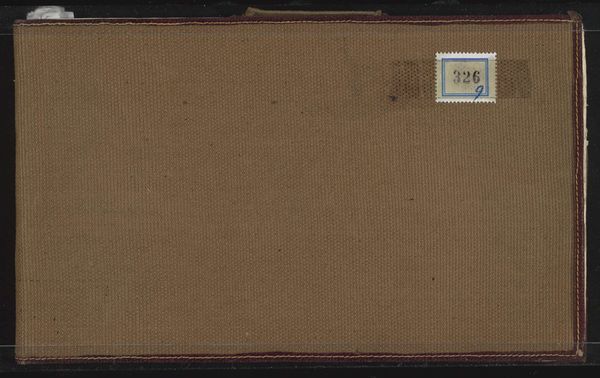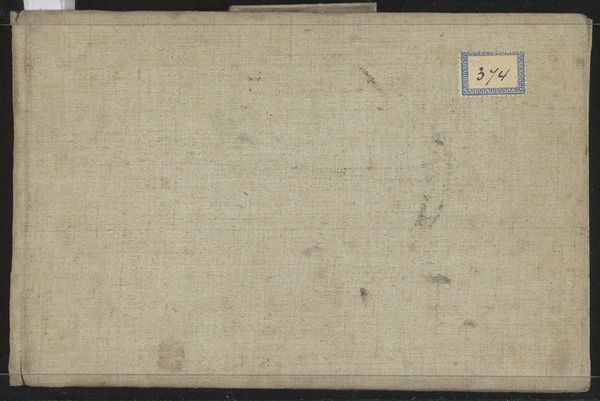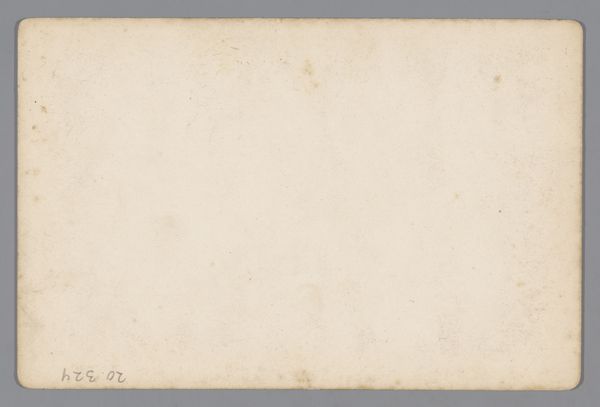
drawing, mixed-media
#
drawing
#
aged paper
#
mixed-media
#
toned paper
#
pasteup
#
water colours
#
impressionism
#
painted
#
coloured pencil
#
watercolour bleed
#
mixed media
#
limited palette
#
watercolor
Dimensions: height 114 mm, width 149 mm, thickness 12 mm, width 304 mm
Copyright: Rijks Museum: Open Domain
Editor: Here we have Anton Mauve’s Sketchbook with 29 leaves, created sometime between 1881 and 1888. It’s currently held at the Rijksmuseum. The materials are listed as drawing and mixed media – from watercolour to coloured pencil. I’m struck by the unassuming nature of the object itself. What story does this sketchbook tell beyond just the drawings inside? Curator: It tells a powerful one if we consider the materiality of artistic creation during that time. This isn't some pristine, untouched canvas; it’s a working object, a site of labor. Think about the paper itself – its production, the way it's been toned, likely through chemical processes that were becoming increasingly industrialized. How does the 'mixed media' approach reflect changing ideas about artistic skill and the boundaries between 'high' art and craft? Editor: That's fascinating. I hadn't considered the implications of the mixed media, the watercolours, pencils. So you're saying, rather than focusing on the image itself, we can think about what the materials tell us about the means of production at the time? Curator: Precisely. And consider its context: the Impressionist movement was, in part, a product of readily available, commercially produced paints. The accessibility of materials democratized art-making but also potentially altered its value, no? Mauve, known for his landscapes, engaged directly with this changing artistic landscape, using a range of newly available materials to record the world around him. It challenges romantic notions of artistic genius, doesn't it? Editor: It does. I’m starting to see this object as much more complex than just a collection of sketches. The sketchbook’s construction and material elements speak to the economic and social factors impacting art production. Curator: Indeed! And this perspective opens a way of analyzing what we value in art: process, access, labour. The intimate connection between the artwork, it's materiality and broader social dynamics become clearer. Editor: That’s a really useful perspective; I will certainly be thinking differently about how artists engage with the industrial context of art production now. Thanks.
Comments
No comments
Be the first to comment and join the conversation on the ultimate creative platform.
